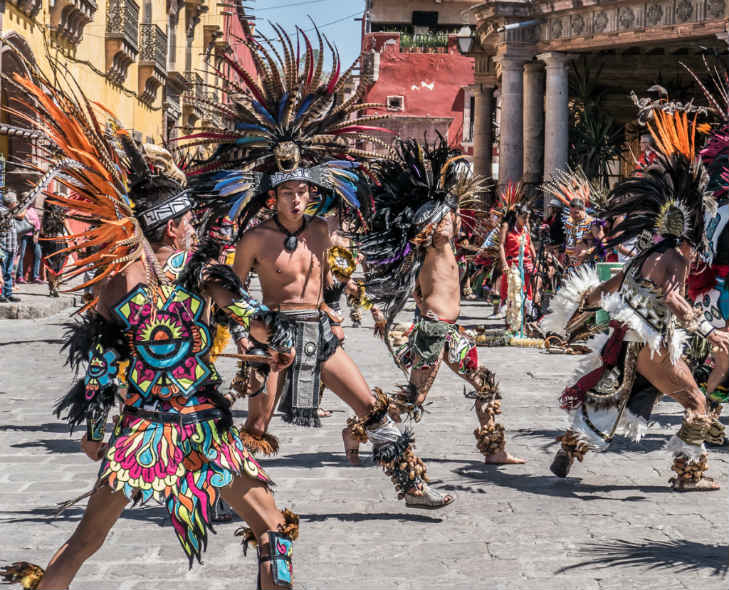
by Joseph Toone
Where San Miguel de Allende stands today has hosted humans for thousands of years.
Most archeological sites around San Miguel are from the years 950 to 1100 AD This includes the pyramid Cañada de la Virgin and environs, which were part of the Toltec Empire. The Toltecs began their decline in 1100 AD. A century later Cañada de la Virgin was abandoned, due to either climate or political changes (archeologists aren’t quite sure which.)
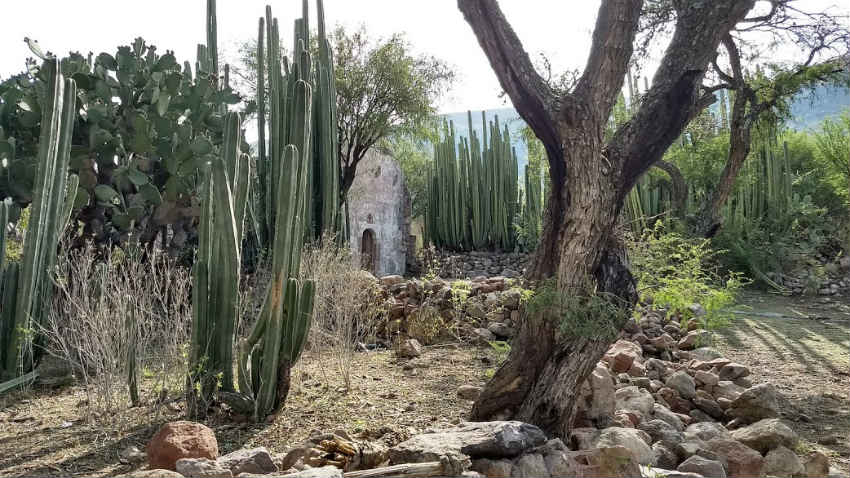
With the Toltecs gone various nomadic groups arrived and combed the area for 300 years until the Spanish arrived in the early 1500s.
Before the arrival of the Spanish, the area was largely forested and inhabited by a farming tribe called “Otomis” and hunter-gathers whom the Spanish called “Chichimecas.” Chichimeca was a derogatory term meaning “dog collar.” The Spanish couldn't be bothered to distinguish the ethnically distinct tribes of Cazcanes, Guamares, Copuces and Gauchichiles. The Chichimecas confused the Spanish looking more like natives of Africa with their own sense of style and culture. Chichimecas wore animal pelts and body paint. They were small, with short legs. Their notion of beauty included jutted out jaws, pulled down ear lobes and raised up nostrils courtesy of implanted beans.
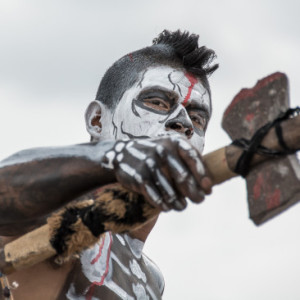
Periodically, the Spanish would meet to determine if the Chichimecas were animals or soul-bearing humans. The animal alternative made it easier to justify enslaving them, although this proved to be difficult. While the land-tied Otomis were conquered and converted with relative ease, the Chichimecas fought the Spanish for decades.
The first Spanish settlement was outside our current San Miguel, in what is now called “San Miguel Viejo” (Old San Miguel.) It was established cerca 1542. Very vulnerable to attack in that location (San Miguel Viejo still exists on the road to Otomi) San Miguel moved to its present location, after the priest lost his dog. Finding the pet where now is the outdoor laundry, the priest realized this was a much more secure location, with a water supply, was a much better location for a town. So, San Miguel de Chichimecas, was formed in, or around, 1550.

The process of colonization accelerated with the discovery of silver in Zacatecas, San Luis Potosi and Guanajuato. Geography thus placed San Miguel squarely on the Silver Route. The Silver Route was the north/south trail moving silver from the mines down to Mexico City and, eventually, back to Spain. Until the railroad arrived in the late 1800s, the Silver Route was the main north/south communications and transportation route in the Americas. San Miguel was a necessary stop for the covered wagons bringing silver, chocolate, religious art, cast iron beds, and letters, needing protection from the attacking Chichimecas.
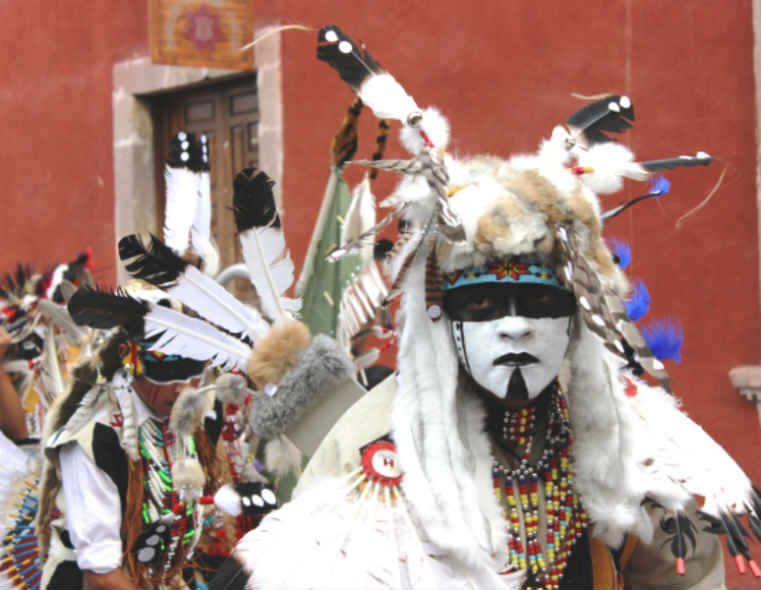
By 1600 the Chichimecas were subdued and the town’s name changed to San Miguel de Grande. With the introduction of livestock – sheep, goats, horses and cows – leather became an industry producing saddles desired throughout Mexico.
By the mid 1700s the area was an economic powerhouse with dozens of haciendas raising cattle, corn and wheat. Textiles (serapes, blankets and hats) and candles (from tallow wax of slaughtered cattle) became main industries.
Then came September 15,1810 when the plans of local military men led by Ignacio Allende and a priest, Miguel Hidalgo, became know to the Spanish, thus causing an early start to the War of Independence. The war, lasted a decade and broke Mexico (formerly New Spain) free from Spain. It made San Miguel the cradle of the independence movement. Eventually, in honor of Ignacio Allende, we changed our name to “San Miguel de Allende.”
The post-war years were not easy for San Miguel. The town sunk into an economic depression. We survived the revolution from France’s brief occupation of Mexico and the Church vs. State war (Cristero War) in the 1920s. Many of today’s residents had grandparents active in the Cristero War, a bloody piece of San Miguel’s history.
By the 1930s many or most homes were in ruins. Virtually the only employer was the factory that now houses high end art galleries (Fabrica la Aurora.) Speaking of art, it was the arrival of art schools that US veterans of World War 2 could attend under the GI bill that introduced foreign residents to town. These art schools exposed the town to travel literature (including a 1948 cover on Life magazine) and foreign tourism began trickling in.
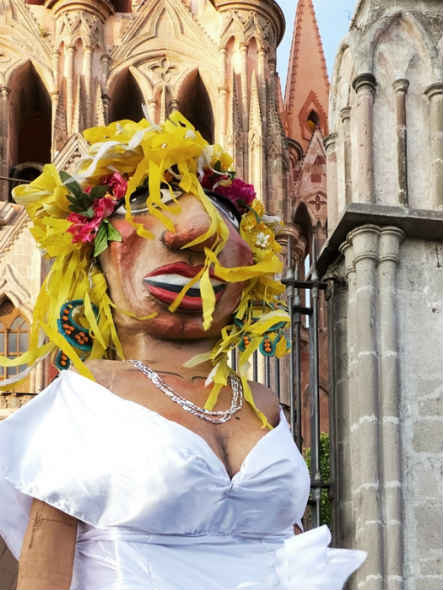
By 1960 film crews also arrived, showcasing the town’s architectural beauty, pulling in more tourism. By the early 2000s San Miguel experienced its greatest real estate expansion for both Mexican and expatriate communities. Centro, from the time of the Spanish’s arrival, is still the most desirable location but many outlying areas hosted the construction of new, and often, gated communities. Traffic multiplied and parking became difficult.
In 2008 San Miguel de Allende was designated a UNESCO World Heritage site providing much needed funding for various restoration projects.
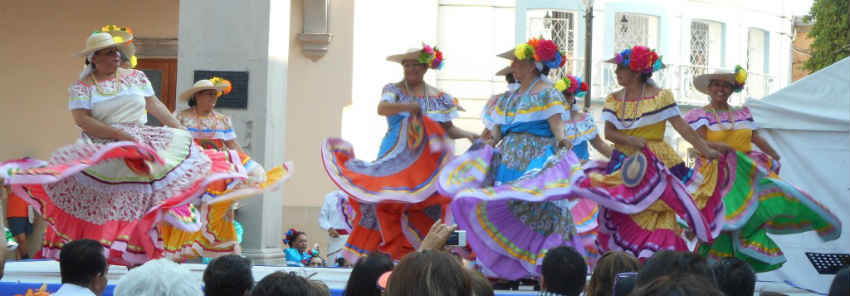
Today San Miguel continues to receive foreign tourism, but foreign tourism is dwarfed by Mexican tourism. The town is hot spot for any holiday or three day weekend that Mexicans want to enjoy away from the beaches. Our fiestas, based on a mix of long held religious beliefs, both indigenous and Spanish, have become the primary attraction of our tourism-based economy.
**************

Joseph Toone is Amazon's bestselling author of the San Miguel de Allende Secrets series of books and TripAdvisor's best rated historical walking tour guide. For more information contact toone.joseph@yahoo.com or visit History and Culture Walking Tours or JosephTooneTours.com, also on FaceBook.
|